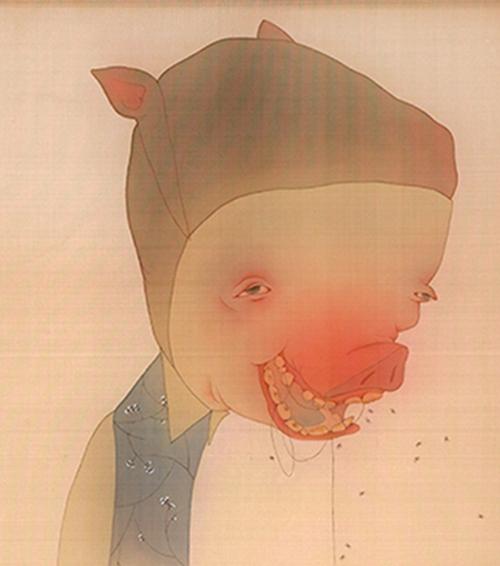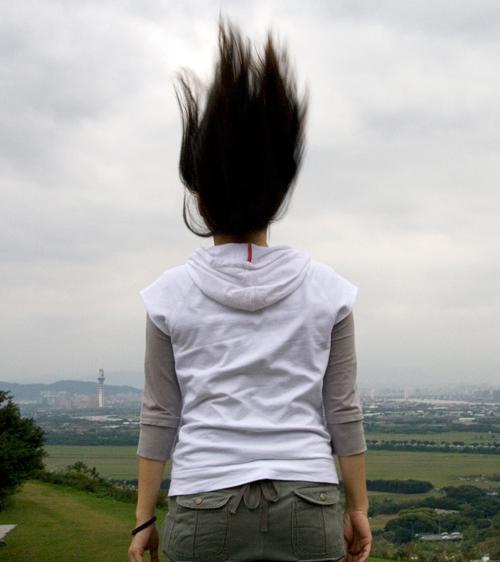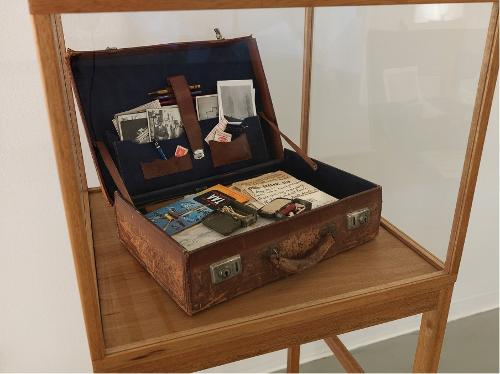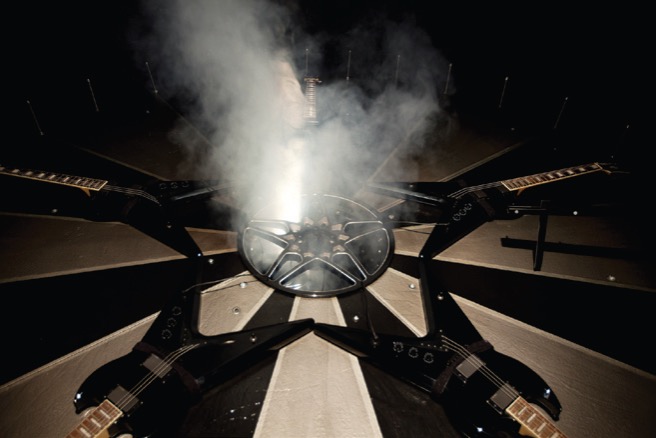
For five days during this year's MONA FOMA, MONA’s Festival of Music and Art, Hobart was buzzing with a party vibe that extended from the main venue at Princes Wharf to the festival’s many satellite locations. Presented across six venues, the program’s art component included works by Soda_Jerk, Susan Philipsz, Meijers + Walsh, Wade Marynowsky, Vicky Browne and David Seltmann.
At the opening of Wade Marynowsky’s Black Casino at CAST Gallery, crowds gathered to play the artist’s heavy metal inspired Wheel of Fortune. Constructed from five Flying V electric guitars arranged to form a pentagram, the work referenced pagan rituals, heavy metal music, petrol-head car culture and gaming. A fast spin of the wheel generated smoke from the central chrome tyre rim and a dissonant tri-tone interval from the guitars, a sound considered in the eighteenth century to be associated with the Devil. On the far side of the gallery, a lone acoustic guitar covered in mirror fragments turned slowly like a disco ball on a deserted dance floor. As the audience departed and the speed of the guitar wheel slowed, the tri-tone petered out into an occasional plaintive plucking of individual strings. In the empty gallery the emotional connection between the two pieces, fame and fortune versus failure and loneliness, was more apparent. As Marynowsky stated in a recent interview: “God could be in the guitars, like the prize that you get if you win the game show. But you never win.”
Another music based work, The Waters Twine, 2013, the much anticipated new sound piece by UK Turner Prize winning artist Susan Philipsz, was launched during the festival. Commissioned for the Glenorchy Art and Sculpture Park, The Waters Twine is installed along a boardwalk on the edge of the Derwent River. Inspired by a chapter of Finnegans Wake which weaves together the names of thousands of rivers, the lilting chimes of The Waters Twine call and respond across the bay and out to the currents beyond. Mingled with the surrounding sounds of waterbirds, children playing and the hum of nearby traffic, The Waters Twine captures a sense of the river’s ebb and flow, carrying the past into the future.
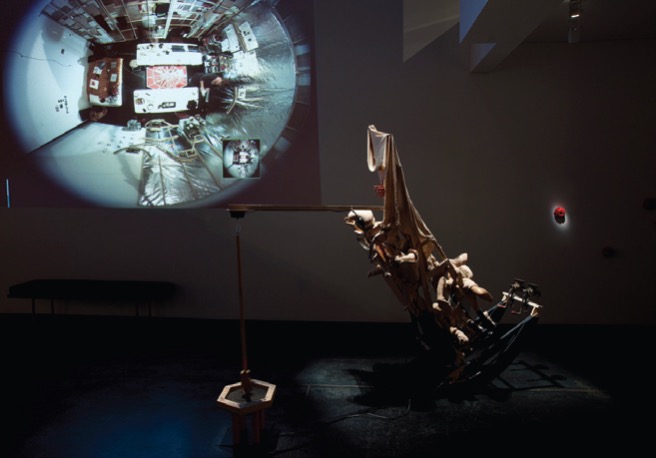
Detached Gallery presented The Collector Project 9: Cutting and Grafting by Tasmanian collaborative duo Meijers + Walsh. Described as “part foxhole, part garden shed, part sleeper cell”, The Collector Project 9 continued the artists’ superfiction of Henri Papin, an isolated and eccentric figure who collects “moments of voyeurism, fragments of memory and found samples”. A key aspect of Project 9 was a durational performance by the artists who, hidden from view, communicated Henri’s thoughts and meanderings in a continuous stream of consciousness via a computer screen in the gallery. Using the fictional construct of Henri’s disturbed mind, the artists linked fragments from literature, film and personal narrative in the performance with the physical and alchemical processes in the built space to examine the darker elements of human nature. Monumental, complex and highly inventive, audiences spent long periods pondering, for example, mutilated fleshy objects quarantined in a vast crystal-covered chamber, or mesmerising machines of turntables, magnets, iron filings and bird’s nests.
At MONA, hundreds of people queued outside the cinema to see Soda_Jerk’s video lecture performance, The Carousel, which explored themes of death and haunting in film ranging from the ‘Renewal’ death ritual in the 1976 science fiction classic Logan’s Run, to the cinematic techniques used to ‘reanimate’ actors whose untimely demise threatened completion of film projects. On the Princess Wharf Shed No.1 mezzanine, Vicky Browne and Darren Seltmann’s installation, Synchronic Lines, presented a series of immersive sculptural pods playing a constantly changing electronic soundscape. Being upstairs from the main public space seemed an excellent location from which to access Synchronic Lines, however the structure of the mezzanine worked against it. A vibrating floor, overly intrusive competing noise and at times oppressive heat created distractions which potentially reduced the quality of engagement with the work, providing the only disappointment in an otherwise excellent program.







